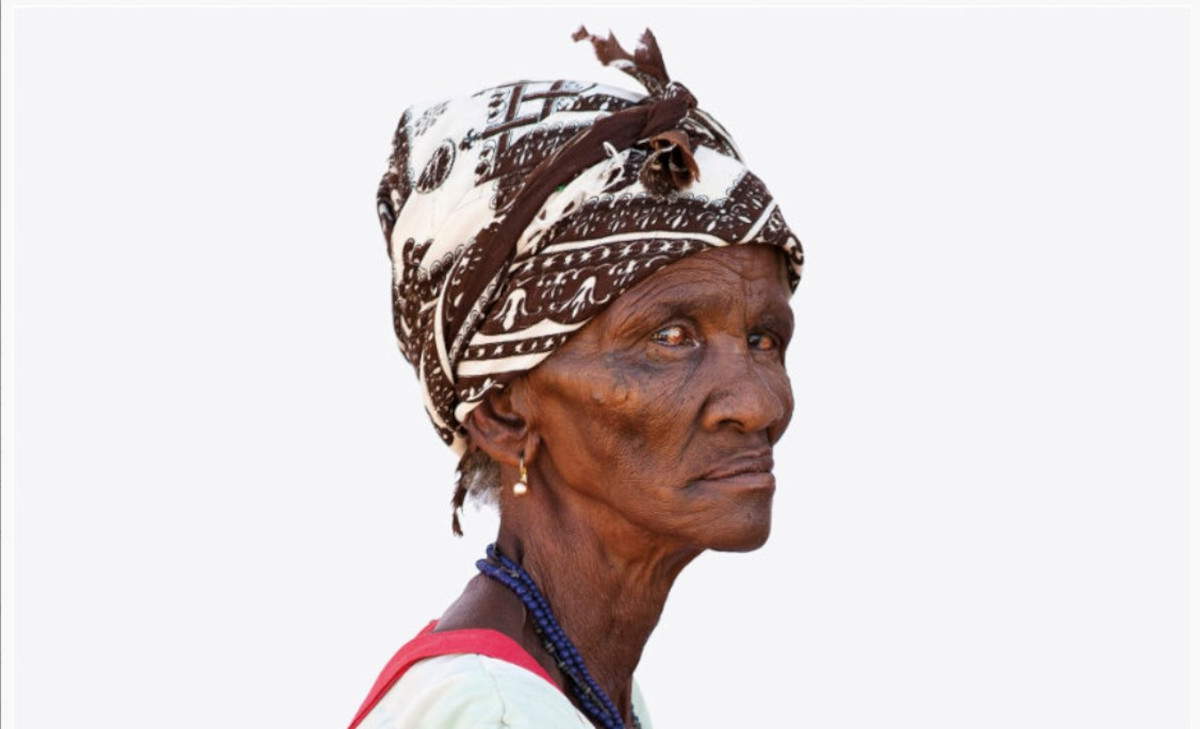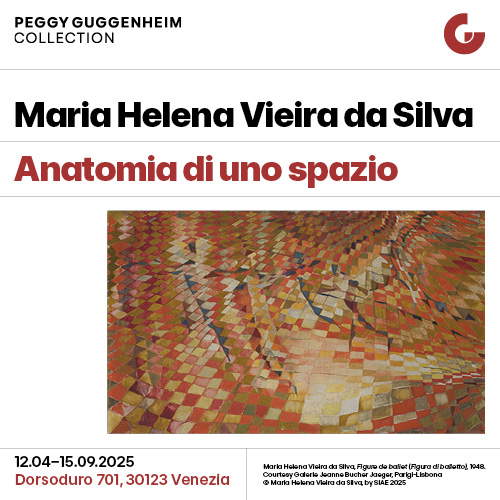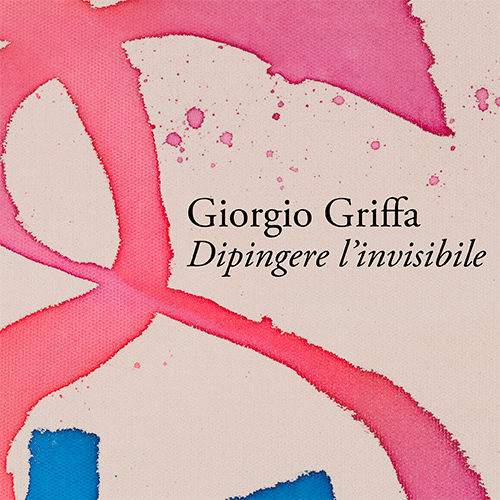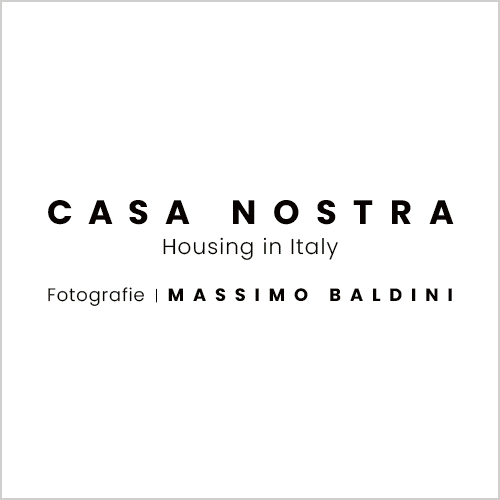Pisa, Italy's first major exhibition dedicated to Oliviero Toscani's Human Race project at Palazzo Blu
Razza Umana, the photographic project signed Oliviero Toscani Studio, lands at Palazzo Blu in Pisa in an exhibition that for the first time in Italy celebrates one of the most famous projects of the great master of photography Oliviero Toscani (Milan, 1942 - Cecina, 2025), just a few months after his death. Open to the public from April 17 to June 29, 2025, the exhibition is a tribute to the vision of an artist who traversed the history of the image with a powerful communicative force.
On display are more than 500 photographs, in different formats, selected from an impressive archive of about 100,000 shots, the result of a collective work conducted by Toscani together with his team of collaborators and students. An archive that over the years has told the story of humanity in its multiplicity and uniqueness, touching every latitude of the planet: from Italian squares to the villages of Namibia, from the streets of Japan to the beaches of Colombia, from the faces encountered in post-communist Poland to those discovered in Italian carnivals, always with the same intention: to observe, to welcome, to give back. Razza Umana (Human Race)is a visual and anthropological project that breaks down the boundaries of the traditional photographic portrait to become a cultural and social investigation of the human condition. Toscani himself called it “a socio-political, cultural and anthropological study that portrays the morphology of people to observe their peculiarities and characteristics, capturing differences and similarities.”
Pisa is not just any stop on the journey of Human Race. The Tuscan city has a direct connection with the project since its inception. Between 2007 and 2008, during the years when the Palazzo Blu exhibition venue was taking shape, Oliviero Toscani had set up one of his photographic sets right inside the palace. On that occasion he had portrayed dozens of people who spontaneously offered themselves to his lens. Today, those faces are part of the exhibition itinerary and join those collected in other corners of the world. Local faces that merge with global ones, composing a human gallery of extraordinary expressive power.
“We all know,” said Tourism Councillor of the Municipality of Pisa Paolo Pesciatini, “of Olviero Toscani’s bond with our lands, the San Rossore Park, this very place Palazzo Blu, so named thanks to him, to whom the creation of the logo also belongs, which as of today hosts an exhibition that is also an expression of a great sense of gratitude (gratitude is linked to memory that if you lose yourself you lose yourself... and the loss of both is often the cause of many of our ills). Here it is that, I was saying, Palazzo Blu hosts this project, this ’trunk full of people,” to use a title by Tabucchi dedicated to Pessoa: Human Race with which Oliviero Toscani continues to send “clear messages against racism and discrimination, starting with children who have no prejudices or preconceptions. These are the words of another great, who passed away a few days after Toscani, to whom he was sincerely attached, Luca Beatrice. And it is precisely with his words about Oliviero Toscani, who radically changed the history of a language, as well understood in his time by Pasolini, that I close: precisely his ”desire for freedom, for not having masters, makes Oliviero Toscani one of the masters of the culture of our country, if by master you mean above all those who are not afraid to subvert the rules, those who try every time and almost always succeed."
The exhibition itinerary is also enriched with some of the most iconic images from Toscani’s long career, in an ideal traversal of his production. Photographs that have marked the world of communication and visual art, and that continue to generate reflections on the role of the photographer as witness, interpreter, provocateur. It is no coincidence that the images in Human Race have been described by diplomat Zeid Ra’ad Al Hussein, former United Nations High Commissioner for Human Rights, as “images that are a celebration of the individuality and diversity of our fellow human beings. They are loving, joyful, curious, fragile, doubtful, troubled, composed. And when I dwell on these faces, they seem to look back at me, impassive, with shining eyes. They almost speak. These are our people. We belong to them. Each individual in these photographs is different, but they all look like us. Photographs that urge us to act. They ask us to defend and promote the rights of every human being, to fight discrimination, violence and exploitation; to defend the dignity of every woman, man and child.”
Born as a collective experience, Human Race is a project that has made its way through time and space, crossing continents and social contexts, without ever losing its original spirit. It has been presented in distant and symbolic places, from the Uffizi Gallery in Florence to Palestine, from Israel to Nicaragua, passing through Belgium, Switzerland, Franciacorta, Viareggio, Genoa, and Mexico. Each stop added new faces, new stories, new nuances to the human mosaic envisioned by Toscani. Each shot retained the same urgency: to restore dignity to the gaze of the other, to break the wall of indifference. The project continues even after the photographer’s passing, thanks to a team that continues the vision. On the opening day of the exhibition, April 17, the Human Race photographic set was again set up at Palazzo Blu and opened to the public starting at 2 p.m., under the direction of Rocco Toscani. A new opportunity to enter the great archive of humanity. Each visitor had the opportunity to have his or her face portrayed and contribute to this collective archive.
“I am moved by the uniqueness of each individual and that is why I photograph human beings in their multiple expressions,” with these words Oliviero Toscani summarized the heart of Razza Umana. A project that, beyond photography, takes the form of an ethical and political statement, an invitation to recognize the complexity of the other, to defend his existence, to protect his rights.
The exhibition is organized by the Palazzo Blu Foundation in collaboration with Oliviero Toscani Studio and with the support of the Pisa Foundation. It can be visited Monday through Friday from 10 a.m. to 7 p.m. (last entry at 6 p.m.), Saturdays, Sundays and holidays from 10 a.m. to 8 p.m. (last entry at 7 p.m.).
For more information: palazzoblu.it
Notes on the artist
Oliviero Toscani was born in Milan into a family immersed in the world of images: his father Fedele was the first photojournalist for Corriere della Sera. He grew up among rolls of film and darkrooms, breathing the passion for photography also thanks to his sister Marirosa and brother-in-law Aldo Ballo, head of the most influential Italian photography studio dedicated to design. After being admitted to the University of the Arts in Zurich, directed by Johannes Itten, a key Bauhaus figure and color theorist, Toscani moved to Switzerland. There he studied photography, drawing and composition, eventually graduating in 1965. As soon as he completed his studies, he left for the United States. In New York he discovered the city’s cultural ferment and lived at the Chelsea Hotel, a meeting place for musicians, artists and writers. In those years his daily life intersects with that of Bob Dylan, Leonard Cohen, Patti Smith, Tom Waits, Andy Warhol, Lou Reed, Mick Jagger. He frequents the Factory, Studio 54, Elio Fiorucci. He is the beating heart of a generation in the midst of a cultural revolution. His subjects are the street, people, fashion, African-American faces, the sky. Between Milan, Paris, and New York, his career takes off.
In 1973 comes the first big controversy: the campaign “Chi mi ama, mi segua,” with model Donna Jordan, his partner at the time, wearing Jesus jeans, ends up in the press, defended publicly by Pier Paolo Pasolini in Corriere della Sera. Toscani becomes a global name. Peace and war, love and violence, AIDS, poverty, the death penalty, civil rights, immigration, religion, the environment, anorexia, racism, sports, homosexuality, politics, labor: through his images, he turns these issues into tools for collective discussion. From 1982 to 2000 he links his name to the United Colors of Benetton brand, curating its image, strategy and visual identity. He makes the brand a global icon. In 1990 he starts Colors, the first magazine with identical edition worldwide. Three years later he founds Fabrica, a research center on modern communication. In 2004 he inaugurates La Sterpaia - Bottega della Comunicazione, and in 2007 he starts Razza Umana, a photographic and audiovisual project dedicated to the infinite variations of the human being, in its form, condition and identity.
In parallel, he carries out Nuovo Paesaggio Italiano, an initiative against the environmental and urban degradation of the country. A co-founder of the Academy of Architecture in Mendrisio, he has taught visual communication in Italian and international universities. His works have been exhibited in such prestigious venues as the Venice Biennale, Palazzo Reale in Milan, the Museum für Gestaltung in Zurich, and Sao Paulo, Brazil. An author translated into numerous languages, he has received awards and honors worldwide. He is an honorary academician of the Academy of Fine Arts in Florence and has served as honorary president of the association Nessuno tocchi Caino, committed against the death penalty. Toscani has never stopped: he has crossed languages and media, from photography to radio, from video to graphic design, from cinema to advertising, and even embraced agriculture and animal husbandry.
Photo: HUMAN BREED / OLIVIERO TOSCANI STUDIO.
 |
| Pisa, Italy's first major exhibition dedicated to Oliviero Toscani's Human Race project at Palazzo Blu |
Warning: the translation into English of the original Italian article was created using automatic tools. We undertake to review all articles, but we do not guarantee the total absence of inaccuracies in the translation due to the program. You can find the original by clicking on the ITA button. If you find any mistake,please contact us.




























